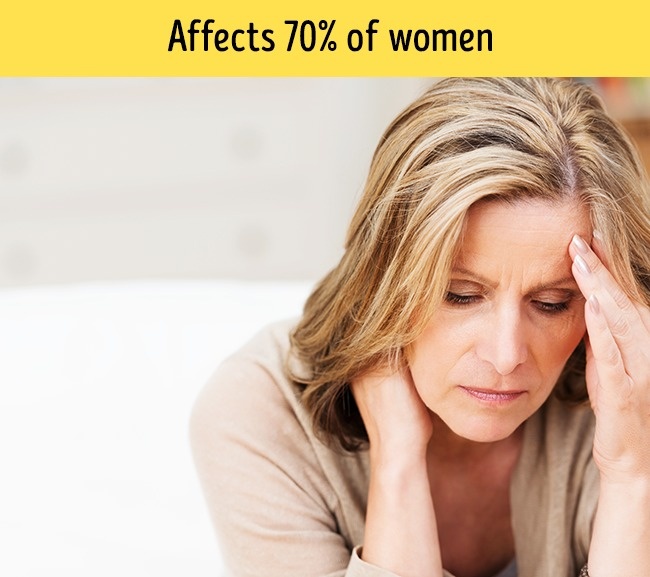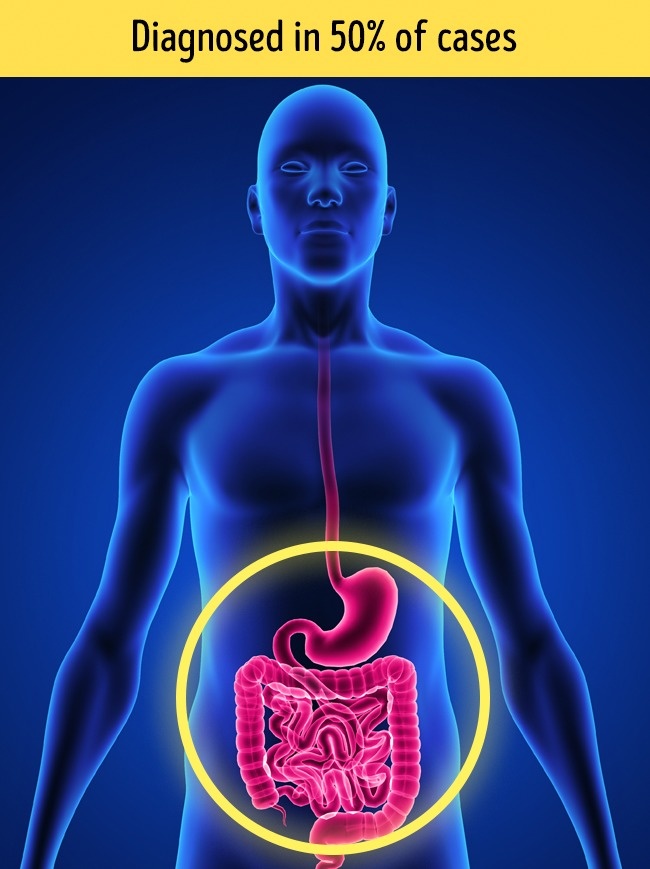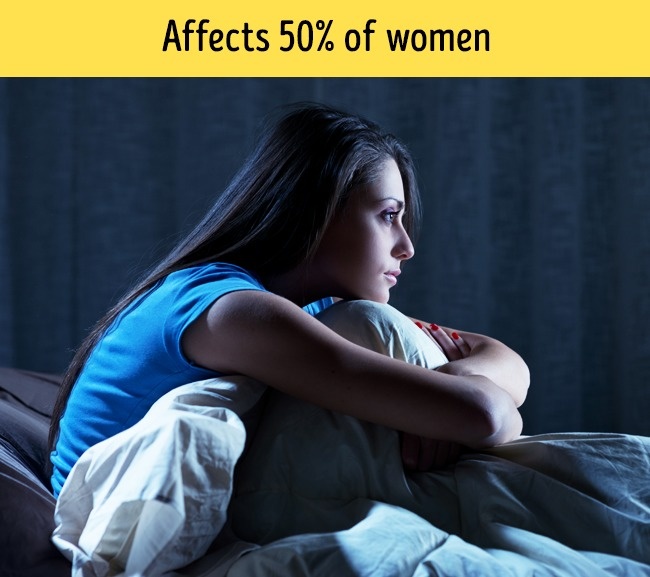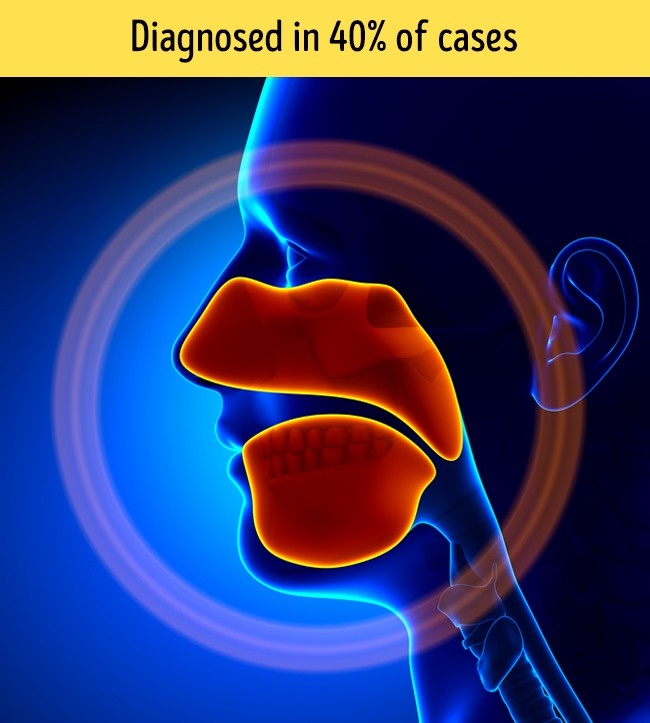Prevention is better than cure. This simple rule applies to any disease and is especially valuable when symptoms are not properly acknowledged.
We will describe crucial symptoms that can occur a month (or even earlier) before a heart attack. You don’t have to become a total hypochondriac, but a little health awareness never hurts anyone.
Pay close attention if you are at risk. Several often-missed indicators are listed at the end of the article.
Signs of Heart Attack Before One Month
5. Fatigue

Unusual fatigue is one of the main symptoms that indicates an impending heart attack. Women are more likely to report these kinds of symptoms than men.
Description: Physical or mental activity is not the reason for tiredness and increases at the end of the day. This symptom is quite evident and does not go unnoticed: it is sometimes exhausting to perform simple tasks, such as making a bed or taking a shower.
4. Abdominal Pain

Abdominal pain, empty/full stomach nausea, bloating, or stomach pain are some of the most common symptoms. They are equally likely to occur between men and women.
Description: Abdominal pain before a heart attack is episodic in nature, easing and then returning for short periods of time. Physical tension can worsen stomach pain.
3. Insomnia

Insomnia is also associated with an increased risk of heart attack or stroke, which is more common among women. The characteristics of insomnia generally include a high level of anxiety and inattention.
Description: Symptoms include difficulty initiating sleep, difficulty maintaining sleep, and early-morning awakening.
2. Shortness of Breath

Dyspnea, or shortness of breath, is a strong feeling of inability to breathe deeply. It often occurs between men and women for up to 6 months before having a heart attack. It is usually a warning sign of a medical condition.
Description: You feel like you can’t breathe enough, dizziness, and shortness of breath.
1. Hair Loss

Hair loss is considered just another visible indicator of the risk of heart disease. It usually affects men over 50, but some women may also be in the risk group. Baldness is also associated with an increased level of the hormone cortisol.
Description: Pay close attention to hair loss from the top of your head.
Risk factor’s
We all know the most common risk factors, such as obesity, lack of physical exercise, and smoking. However, there are some frequently-missed indicators that can improve your health awareness and help you avoid a heart attack.
- Earlobe crease (presence of an earlobe crease that lies diagonally from the ear canal).
- Yellow patches on the inside corners of the eyelids.
- Light soreness in the calf muscles brought on by walking.
- Ear canal hair (among men).
- Early hair graying (among men).
Preview photo credit depositphotos


